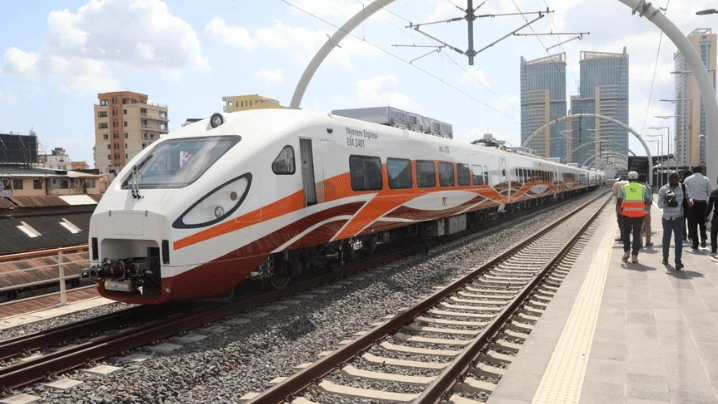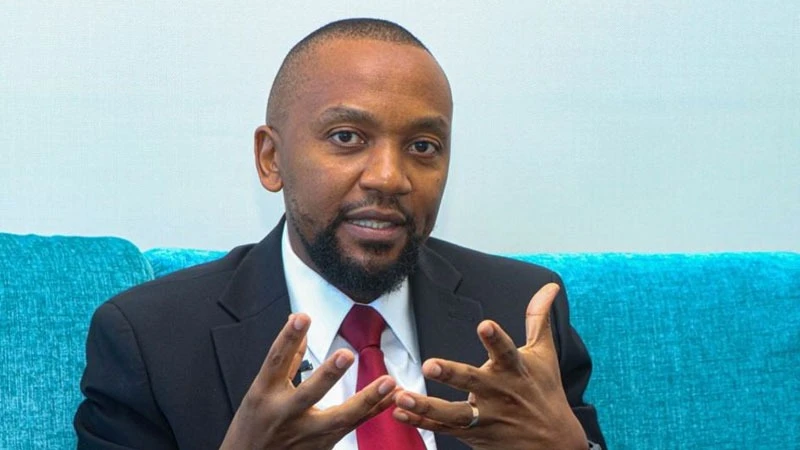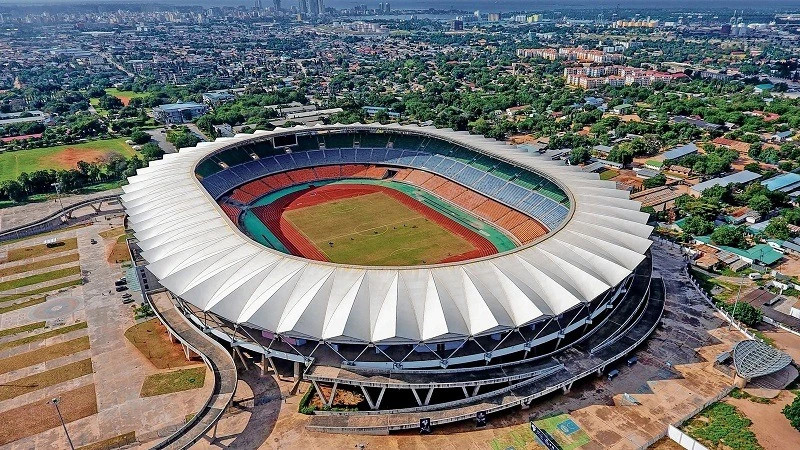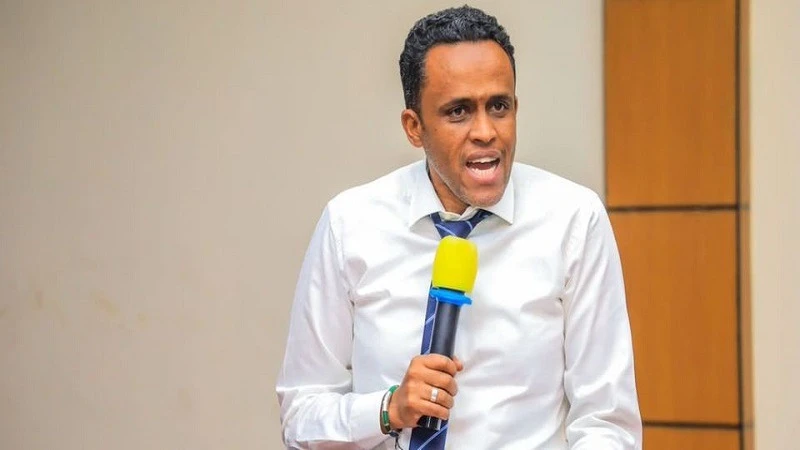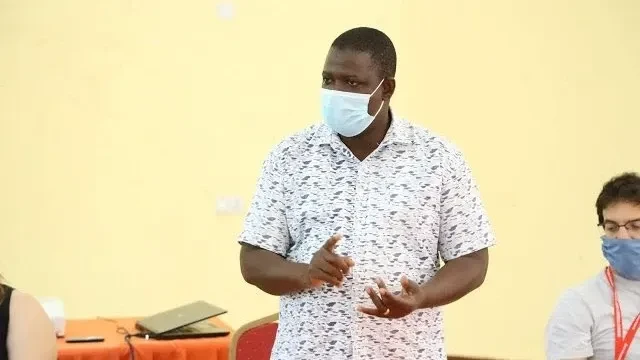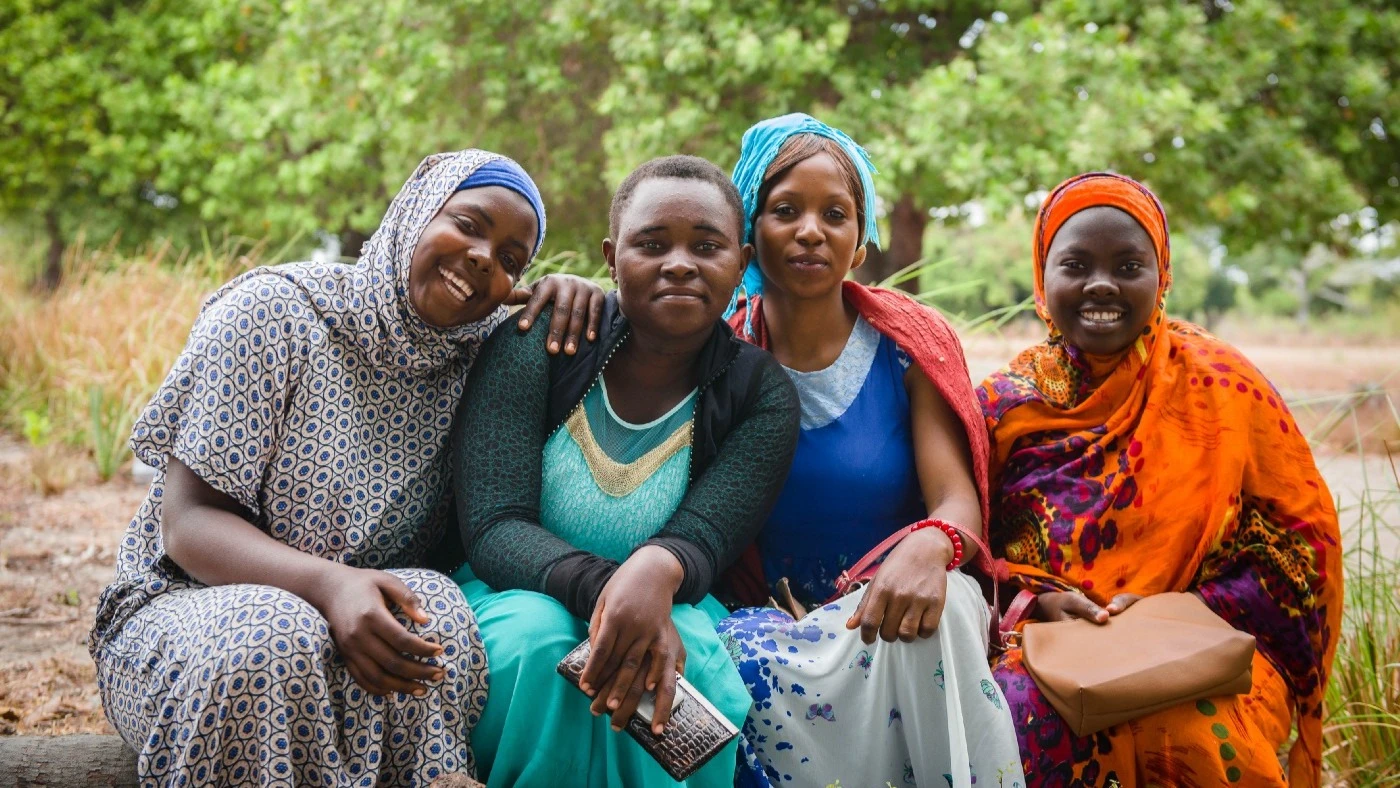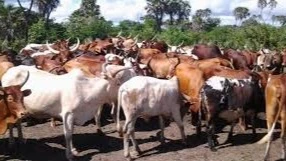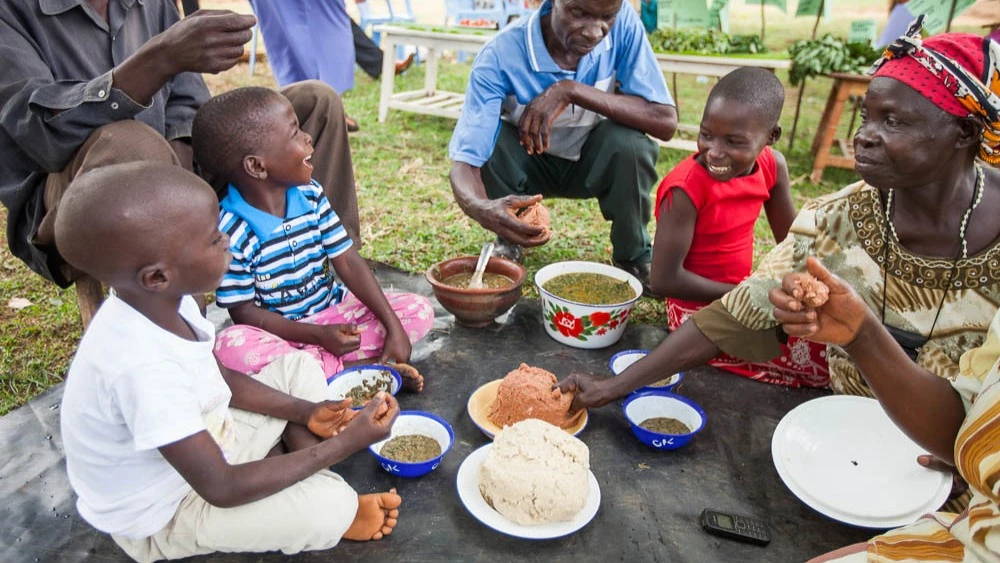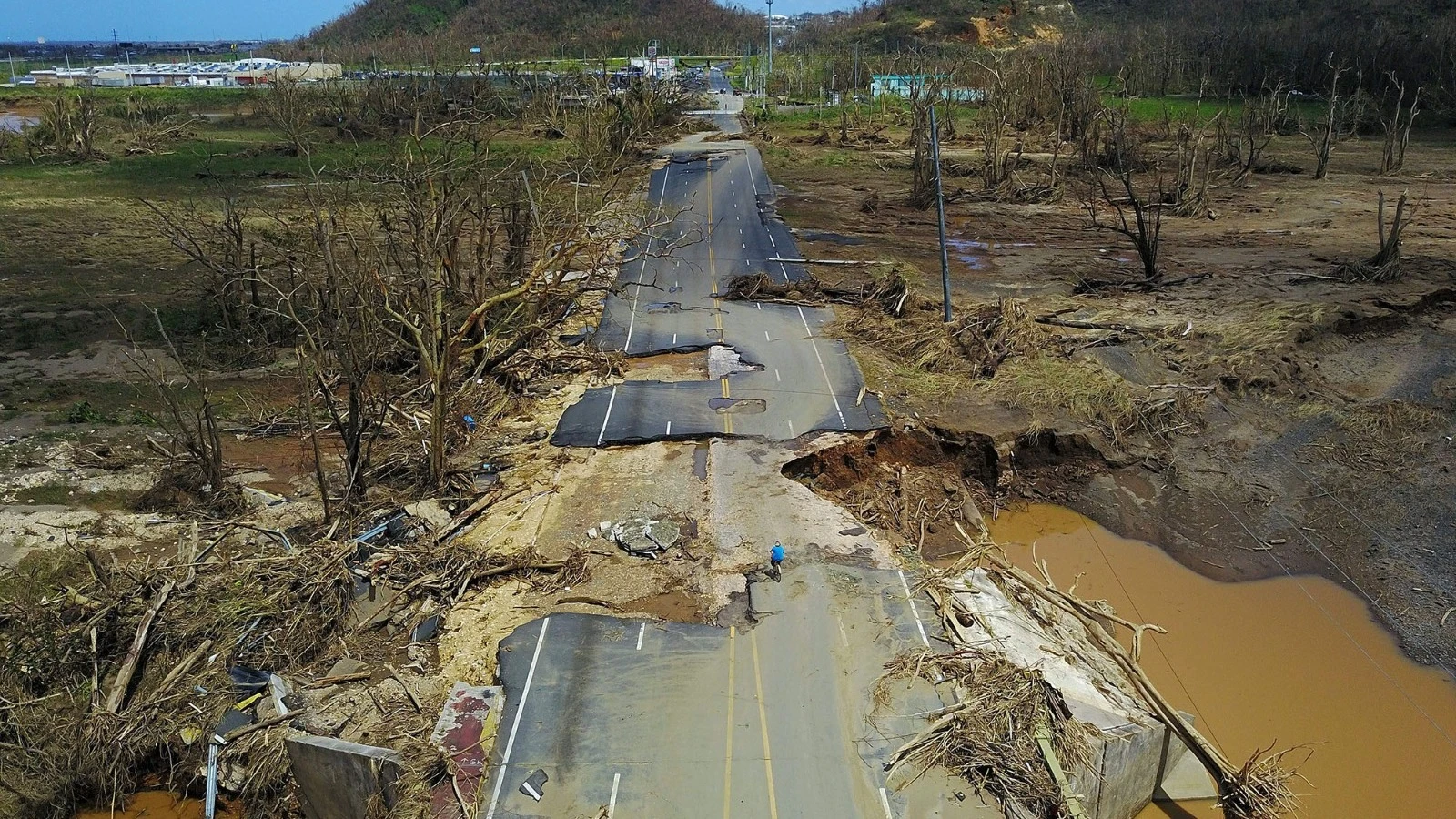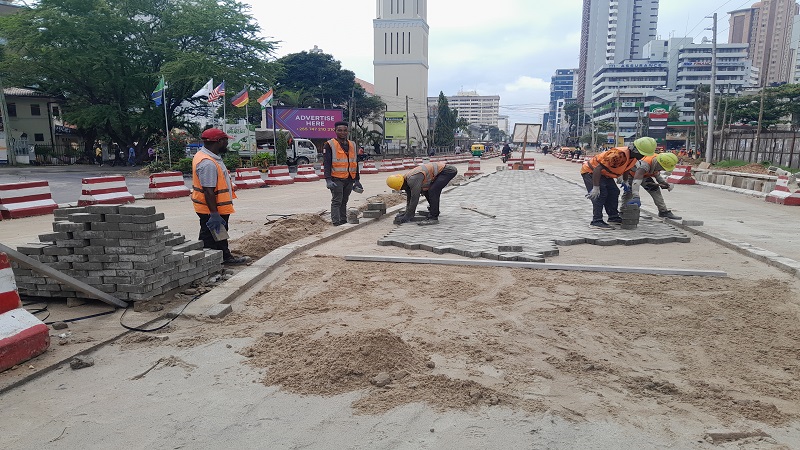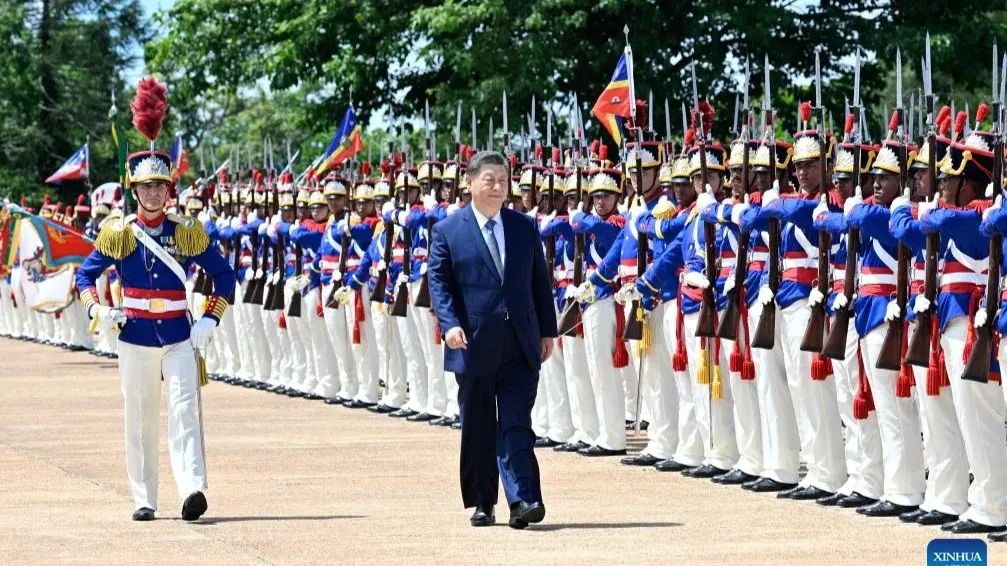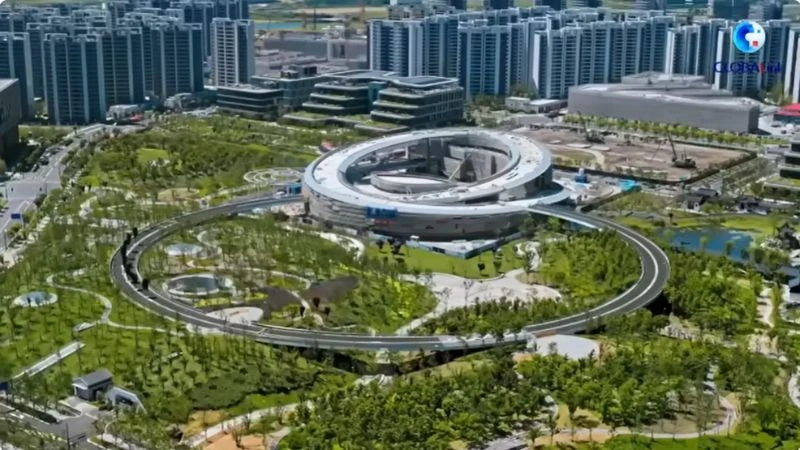‘Food self-sufficiency now stands at 128pc’
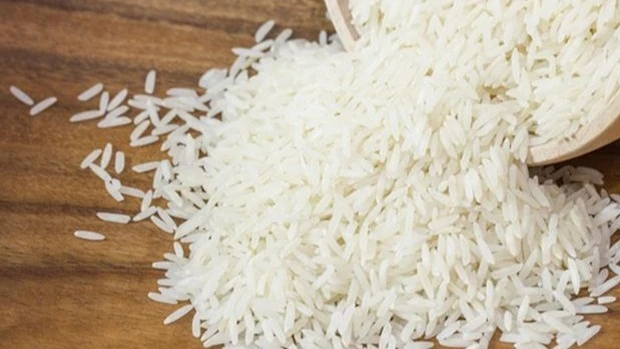
PRIME Minister Kassim Majaliwa has declared that Tanzania has reached 128 percent food self-sufficiency.
Presenting the 2025/26 budget estimates and performance review for the Prime Minister’s Office, he pointed at a significant increase in food crop production, rising from 20.4m tonnes in the 2022/2023 farming season to 22.8m tonnes in the 2023/2024 season.
Efforts leading to this increase include expanded issuing of subsidized fertilizer, expansion of irrigation infrastructure, improved agricultural extension services and wider use of high-quality seeds, he said.
“The government has completed the review and update of the second phase of the Agricultural Sector Development Programme (ASDP II), which will run until 2030. We are committed to prioritizing this programme and the strategies aligned with it to boost agricultural productivity,” he stated.
In addition to ASDP II, the government was rolling out comprehensive support measures for the sector, including the distribution of seeds and agricultural inputs, provision of agricultural loans, development of irrigation schemes and strengthening of cooperatives.
Highlighting progress in fertiliser availability, he said by January 31 a stock of 1.21m tonnes of fertiliser, equivalent to 80.9 percent of an estimated 1.5m tonnes needed for the 2024/2025 farming season.
A total of 388,619.87 tonnes of subsidized fertiliser valued at 131.66bn/- had been distributed to 4,223,278 farmers, he said.
All 12,318 villages on the Mainland are now connected to electricity with 4,071 villages connected from November 2020 to February 2025 at a cost of 1.59trn/-, ensuring nationwide coverage, he said.
He said that electricity generation capacity for the national grid had reached 4,031.44 megawatts, up from 1,889.84MW in February last year, owing to the gradual completion of the Julius Nyerere Hydropower Project (2,115 MW) and the Rusumo–Nyakanazi Project (26.6 MW).
Electricity transmission and distribution infrastructure was being strengthened, with 8,025.38 kilometers of transmission lined two months ago, while distribution lines also increased to 198,215.17 kilometers, up from 176,334.14 kilometers the previous year.
Building the East African Crude Oil Pipeline (EACOP) project was now 55 percent completed, where the government has contributed $376m, 15 percent of the equity.
The project has so far generated 6,610 temporary and 114 formal jobs, he said, telling MPs that JNHPP was now completed at the cost 6.6trn/-, with the 2,115MW generated by the plant already being added to the national grid.
During fiscal 2025/26 the government will pursue projects in electricity generation, transmission and distribution, including extending power to remaining parts of connected villages.
Additional strategic initiatives in oil and gas, as well as the promotion of clean cooking energy in rural areas through the establishment of fuel stations are also intended, he said.
PMO proposed a total of 595.3bn/- for the Prime Minister’s Office, where 183.8bn/- is slated for recurrent expenditure and 411.5bn/- for development projects.
PMO similarly requested 186.8bn/- for the parliamentary fund, where 175bn/- is for recurrent uses and 11.8bn/- for development purposes, he added.
Top Headlines
© 2025 IPPMEDIA.COM. ALL RIGHTS RESERVED





